Home>Renovation & DIY>Home Renovation Guides>How To Warm A Crawl Space
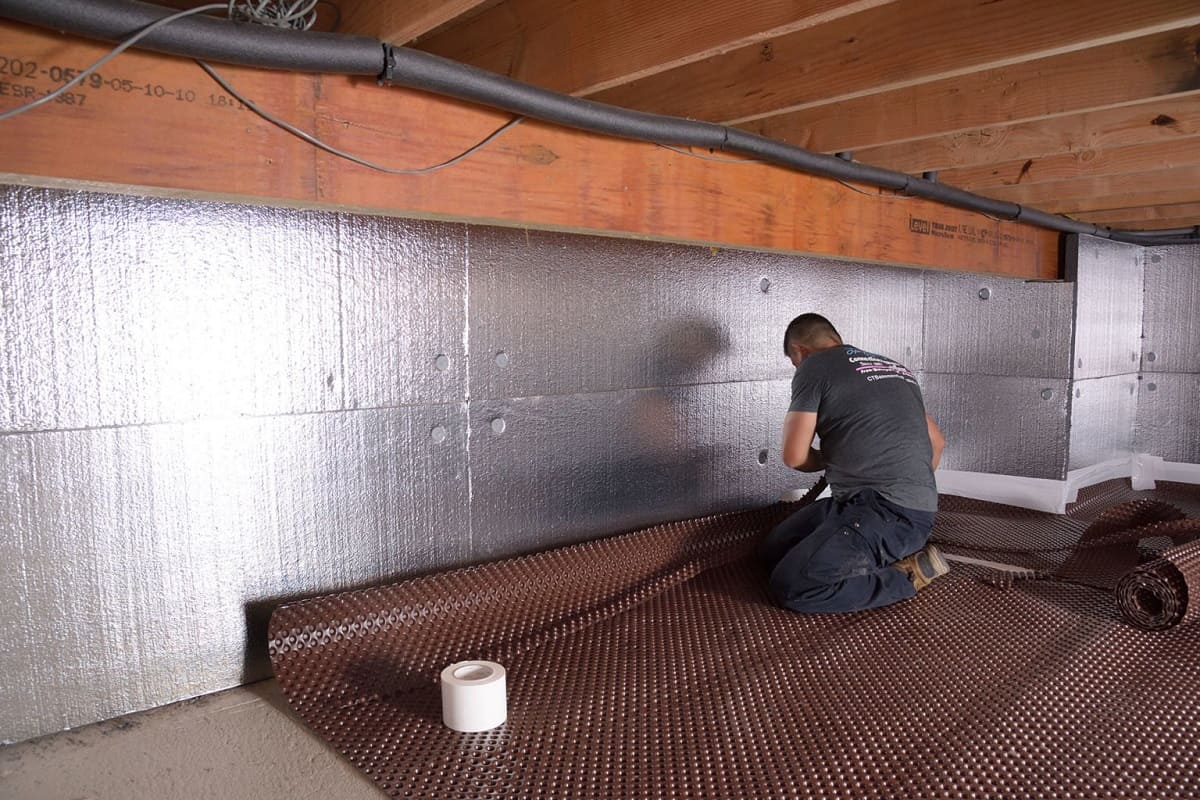

Home Renovation Guides
How To Warm A Crawl Space
Modified: February 18, 2024
Learn how to effectively warm a crawl space with our comprehensive home renovation guide. Create a comfortable and energy-efficient living environment.
(Many of the links in this article redirect to a specific reviewed product. Your purchase of these products through affiliate links helps to generate commission for Storables.com, at no extra cost. Learn more)
Introduction
When it comes to home renovation, the crawl space is often an overlooked area. Tucked beneath the main structure of the house, this space plays a crucial role in maintaining the overall integrity and energy efficiency of the home. However, it is not uncommon for crawl spaces to become chilly and damp, especially during the colder months. This can lead to a host of issues, including increased energy bills, uncomfortable living conditions, and potential damage to the home's foundation and infrastructure.
In this comprehensive guide, we will delve into the importance of warming a crawl space and explore various methods to achieve this. By understanding the significance of a well-insulated and heated crawl space, homeowners can take proactive steps to enhance their living environment and preserve the longevity of their property.
A cold and damp crawl space can have far-reaching implications, impacting not only the comfort of the home but also the structural integrity. From fostering mold and mildew growth to allowing cold air to seep into the living areas above, an inadequately insulated and chilly crawl space can lead to a myriad of issues. By addressing this often-neglected space, homeowners can create a more comfortable and energy-efficient living environment while safeguarding their property against potential damage.
In the following sections, we will explore the various methods for warming a crawl space, including insulating the area, sealing air leaks, and utilizing space heaters. Each method offers its own set of advantages and considerations, providing homeowners with the flexibility to choose the approach that best suits their specific needs and budget.
By taking proactive measures to warm the crawl space, homeowners can not only enhance the comfort and energy efficiency of their living space but also contribute to the long-term health and stability of their home. With this in mind, let's delve into the methods for warming a crawl space and empower homeowners to make informed decisions for a more comfortable and resilient living environment.
Key Takeaways:
- Don’t overlook your crawl space! Warming it up with insulation, sealing air leaks, or using a space heater can make your home cozier, save energy, and prevent mold growth.
- A warm crawl space is crucial for a comfy home. Insulate, seal leaks, or use a space heater to keep it cozy, save energy, and protect your home from damage.
Read more: How To Maintain A Crawl Space
Why Warm a Crawl Space?
Warming a crawl space is a crucial aspect of maintaining a comfortable and energy-efficient home environment. The crawl space, though often hidden from view, plays a significant role in the overall well-being of a home. By addressing the need to warm this space, homeowners can mitigate a host of potential issues and enjoy a more comfortable living environment.
One of the primary reasons to warm a crawl space is to prevent moisture buildup. Crawl spaces are particularly susceptible to dampness, which can lead to mold and mildew growth. This not only poses health risks to occupants but can also compromise the structural integrity of the home. By implementing measures to warm the crawl space, such as insulation and sealing air leaks, homeowners can effectively reduce moisture levels and inhibit the growth of mold and mildew.
Furthermore, a warm crawl space contributes to improved energy efficiency. When left unaddressed, a cold crawl space can allow chilly air to infiltrate the living areas above, leading to increased heating demands and higher energy bills. By insulating and warming the crawl space, homeowners can create a thermal barrier that helps maintain a consistent indoor temperature, reducing the strain on heating systems and ultimately lowering energy costs.
In addition to moisture control and energy efficiency, warming the crawl space can also contribute to the longevity of the home's infrastructure. Cold and damp conditions in the crawl space can accelerate the deterioration of structural elements, such as wooden beams and floor joists. By maintaining a warm and dry environment, homeowners can protect these vital components from potential damage, preserving the overall stability and durability of the home.
Moreover, a warm crawl space can enhance the overall comfort of the home. By mitigating cold drafts and maintaining a more consistent indoor temperature, homeowners can create a more inviting and comfortable living environment for themselves and their families.
In essence, warming a crawl space is essential for mitigating moisture-related issues, improving energy efficiency, preserving the structural integrity of the home, and enhancing overall comfort. By understanding the significance of this often-overlooked space, homeowners can take proactive steps to address potential issues and create a more resilient and comfortable living environment.
Methods for Warming a Crawl Space
Warming a crawl space is a crucial step in maintaining a comfortable and energy-efficient home environment. There are several effective methods to achieve this, each offering its own set of advantages and considerations. By understanding and implementing these methods, homeowners can address the challenges associated with a cold and damp crawl space, ultimately enhancing the overall well-being of their home.
Insulating the Crawl Space
One of the most fundamental methods for warming a crawl space is through insulation. By installing insulation in the crawl space, homeowners can create a thermal barrier that helps retain heat and prevent cold air from infiltrating the space. There are various insulation materials available, including fiberglass, foam board, and spray foam, each with its unique properties and installation requirements. Properly insulating the crawl space not only helps maintain a warmer environment but also contributes to improved energy efficiency and moisture control.
Sealing Air Leaks
In addition to insulation, sealing air leaks in the crawl space is essential for preventing cold drafts and maintaining a consistent temperature. Air leaks can occur through gaps around pipes, vents, and electrical wiring, as well as through cracks in the foundation and walls. By identifying and sealing these leaks using caulk, foam sealant, or weatherstripping, homeowners can effectively reduce the infiltration of cold air, contributing to a warmer and more comfortable crawl space.
Read more: How To Inspect A Crawl Space
Using a Space Heater
For homeowners seeking a more immediate solution to warm the crawl space, using a space heater can be a viable option. Portable electric space heaters can provide targeted warmth in the crawl space, particularly in areas where insulation and sealing may be challenging. However, it is important to select a space heater that is suitable for use in enclosed spaces and to follow all safety guidelines to prevent fire hazards and ensure proper ventilation.
By implementing these methods for warming a crawl space, homeowners can effectively address the challenges associated with a cold and damp environment. Whether through insulation, air leak sealing, or the use of space heaters, each method offers a valuable opportunity to enhance the comfort, energy efficiency, and structural integrity of the home.
Insulating the Crawl Space
Insulating the crawl space is a fundamental and highly effective method for warming this often overlooked area of the home. By creating a thermal barrier, insulation helps to retain heat and prevent cold air from infiltrating the space, ultimately contributing to improved energy efficiency and moisture control.
There are several insulation materials commonly used in crawl spaces, each with its unique properties and installation requirements. Fiberglass insulation, known for its affordability and ease of installation, is a popular choice among homeowners. It is available in batts or rolls and can be fitted between floor joists and around pipes and ductwork, effectively reducing heat transfer and maintaining a warmer environment.
Foam board insulation, composed of rigid panels, offers excellent thermal resistance and moisture resistance, making it well-suited for crawl space applications. By installing foam board insulation on the interior walls of the crawl space, homeowners can create a durable and effective thermal barrier, helping to mitigate heat loss and dampness.
Spray foam insulation, applied as a liquid that expands into a foam, provides a seamless and airtight insulation layer, effectively sealing gaps and preventing air infiltration. This type of insulation conforms to irregular surfaces and can be applied to the underside of the floor above the crawl space, creating a continuous thermal barrier that helps maintain a consistent temperature and reduce energy costs.
Proper installation of crawl space insulation is essential to maximize its effectiveness. It is important to address any existing moisture issues before installing insulation, as trapped moisture can lead to mold and mildew growth. Additionally, ensuring a proper air seal and adequate ventilation in the crawl space is crucial for preventing moisture buildup and maintaining a healthy indoor environment.
By insulating the crawl space, homeowners can create a more comfortable and energy-efficient living environment while protecting the structural integrity of their home. The benefits of insulation extend beyond warmth, encompassing improved moisture control, reduced energy costs, and enhanced overall comfort. With the right insulation materials and installation techniques, homeowners can effectively address the challenges associated with a cold and damp crawl space, contributing to a more resilient and sustainable home environment.
Sealing Air Leaks
Sealing air leaks in the crawl space is a critical step in creating a warmer and more energy-efficient environment within the home. Air leaks, often found around pipes, vents, electrical wiring, and gaps in the foundation or walls, can allow cold air to infiltrate the crawl space, leading to temperature fluctuations and increased energy consumption. By identifying and sealing these leaks, homeowners can effectively mitigate cold drafts and maintain a more consistent temperature in the crawl space.
Caulk and foam sealant are commonly used to seal air leaks in the crawl space. These materials offer flexibility and durability, allowing them to effectively fill gaps and cracks, creating an airtight seal that prevents cold air from entering the space. Additionally, weatherstripping can be applied around doors and access points to further reduce air infiltration and enhance the overall insulation of the crawl space.
When sealing air leaks, it is essential to conduct a thorough inspection of the crawl space to identify potential entry points for cold air. This may involve examining the perimeter walls, foundation vents, and any penetrations through the floor or walls. By systematically addressing these areas and applying the appropriate sealing materials, homeowners can significantly reduce heat loss and create a more comfortable environment within the crawl space.
In addition to improving thermal efficiency, sealing air leaks contributes to moisture control in the crawl space. By preventing cold, damp air from entering the space, homeowners can reduce the risk of condensation and moisture buildup, mitigating the potential for mold and mildew growth. This not only helps preserve the structural integrity of the home but also contributes to a healthier indoor environment for occupants.
Furthermore, sealing air leaks in the crawl space can have a positive impact on overall energy consumption. By reducing the infiltration of cold air, homeowners can lower the demand on heating systems, leading to decreased energy usage and potentially lower utility bills. This not only benefits the homeowners financially but also contributes to a more sustainable and eco-friendly living environment.
In essence, sealing air leaks in the crawl space is a valuable method for creating a warmer, more energy-efficient, and healthier home environment. By addressing air infiltration and conducting thorough sealing measures, homeowners can effectively mitigate temperature fluctuations, reduce energy consumption, and contribute to the long-term well-being of their home.
Seal any air leaks in the crawl space to prevent cold air from entering. Use insulation to cover the walls and floor to help retain heat. A space heater can also be used to warm the area.
Using a Space Heater
Using a space heater can provide a more immediate solution for warming a crawl space, particularly in areas where insulation and air leak sealing may be challenging. Portable electric space heaters are designed to generate targeted warmth, making them a convenient option for addressing cold and damp conditions in the crawl space.
When selecting a space heater for the crawl space, it is essential to choose a model that is suitable for use in enclosed spaces. Look for heaters specifically designed for supplemental heating in confined areas, as these units are equipped with safety features and temperature controls tailored for such environments. Additionally, opt for heaters with built-in overheat protection and automatic shutoff features to mitigate fire hazards and ensure safe operation.
Proper ventilation is crucial when using a space heater in the crawl space. Ensure that the area has adequate airflow to prevent the buildup of combustion byproducts and maintain air quality. It is important to follow the manufacturer's guidelines for clearances around the heater and to avoid placing the unit near flammable materials or obstructing its airflow.
Before using a space heater in the crawl space, it is advisable to address any existing moisture issues and ensure that the space is adequately insulated and sealed. While a space heater can provide temporary warmth, it is not a substitute for proper insulation and air leak sealing, which are essential for long-term energy efficiency and moisture control.
It is important to monitor the crawl space temperature when using a space heater and to adjust the settings as needed to maintain a comfortable and consistent environment. Regular inspection of the heater and its components, including the power cord and plug, is essential to ensure safe and reliable operation.
While using a space heater can offer immediate warmth in the crawl space, it is important to consider the long-term implications and to complement this method with comprehensive insulation and air sealing measures for sustained energy efficiency and moisture control.
By considering the suitability, safety precautions, and complementary measures, homeowners can effectively utilize a space heater to address temporary cold and damp conditions in the crawl space, contributing to a more comfortable and resilient home environment.
Read more: How To Vent Crawl Space
Conclusion
In conclusion, warming a crawl space is a fundamental aspect of maintaining a comfortable, energy-efficient, and resilient home environment. By addressing the challenges associated with a cold and damp crawl space, homeowners can mitigate a host of potential issues and contribute to the overall well-being of their property.
The methods for warming a crawl space, including insulation, air leak sealing, and the use of space heaters, offer valuable opportunities to enhance the comfort, energy efficiency, and structural integrity of the home. Insulating the crawl space creates a thermal barrier that helps retain heat and prevent cold air infiltration, contributing to improved energy efficiency and moisture control. Sealing air leaks further enhances thermal efficiency and moisture control, reducing heat loss and preventing the infiltration of cold air. Additionally, using a space heater can provide immediate warmth in the crawl space, offering a convenient solution for addressing temporary cold and damp conditions.
By implementing these methods, homeowners can create a more comfortable living environment, reduce energy costs, and contribute to the long-term health and stability of their home. Furthermore, addressing moisture-related issues in the crawl space can help prevent mold and mildew growth, preserving the structural integrity of the home and promoting a healthier indoor environment for occupants.
It is important for homeowners to consider the unique characteristics of their crawl space and choose the methods that best suit their specific needs and budget. Whether through comprehensive insulation and air sealing measures or the use of supplemental heating, each method offers valuable opportunities to create a warmer, more energy-efficient, and healthier living environment.
In essence, warming a crawl space is not only about creating a comfortable and inviting living space but also about safeguarding the long-term integrity and sustainability of the home. By taking proactive steps to address the challenges associated with a cold and damp crawl space, homeowners can enhance their living environment and contribute to the overall well-being of their property.
Frequently Asked Questions about How To Warm A Crawl Space
Was this page helpful?
At Storables.com, we guarantee accurate and reliable information. Our content, validated by Expert Board Contributors, is crafted following stringent Editorial Policies. We're committed to providing you with well-researched, expert-backed insights for all your informational needs.
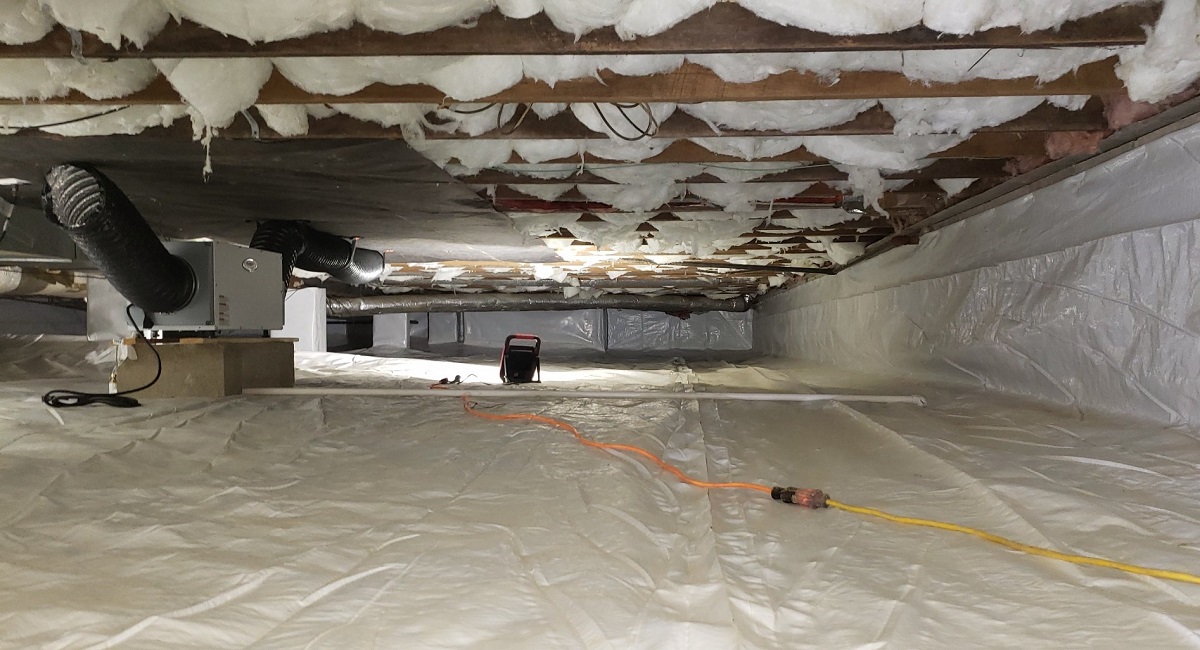
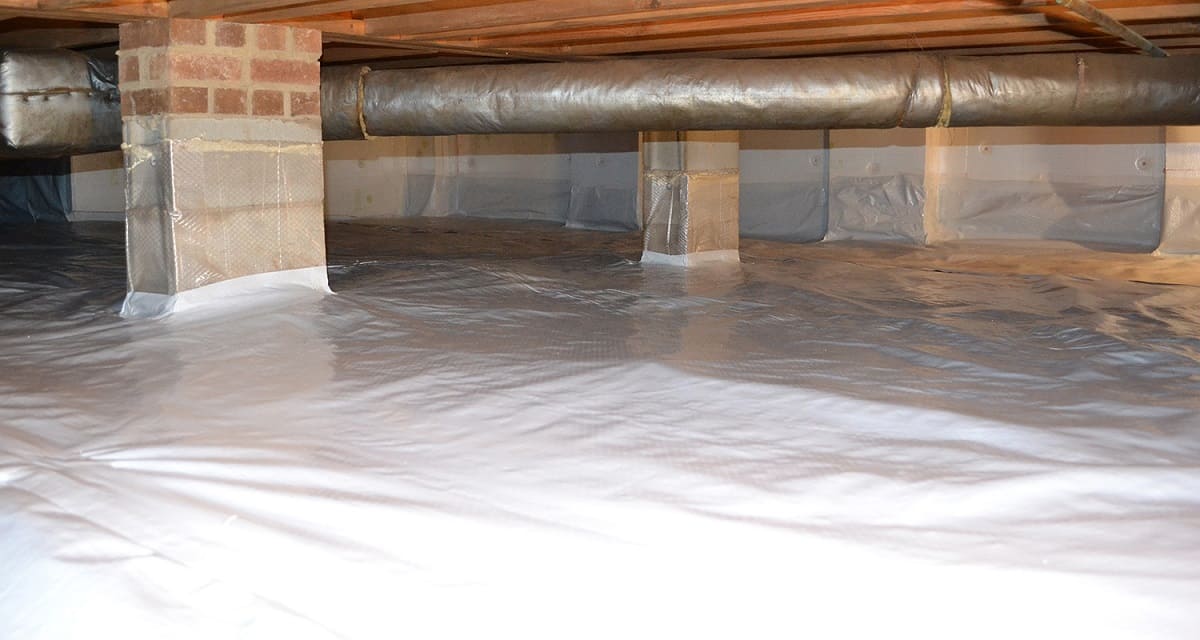
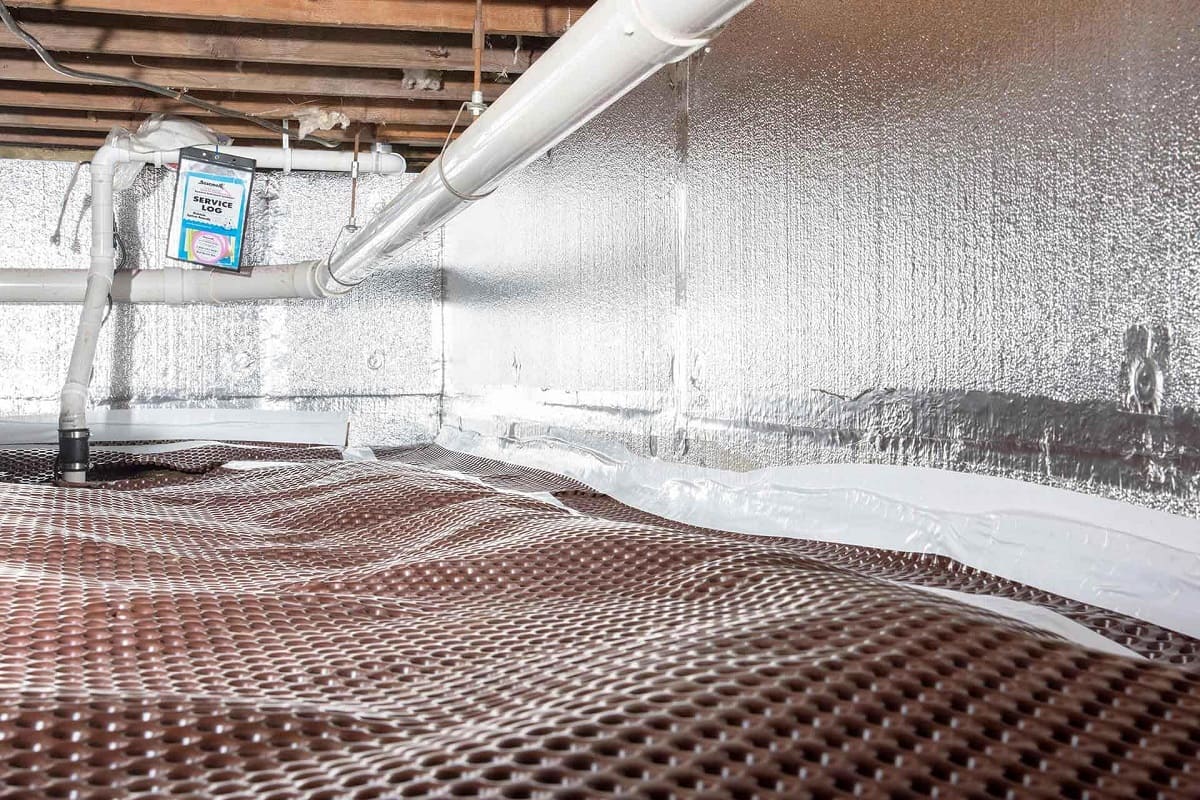
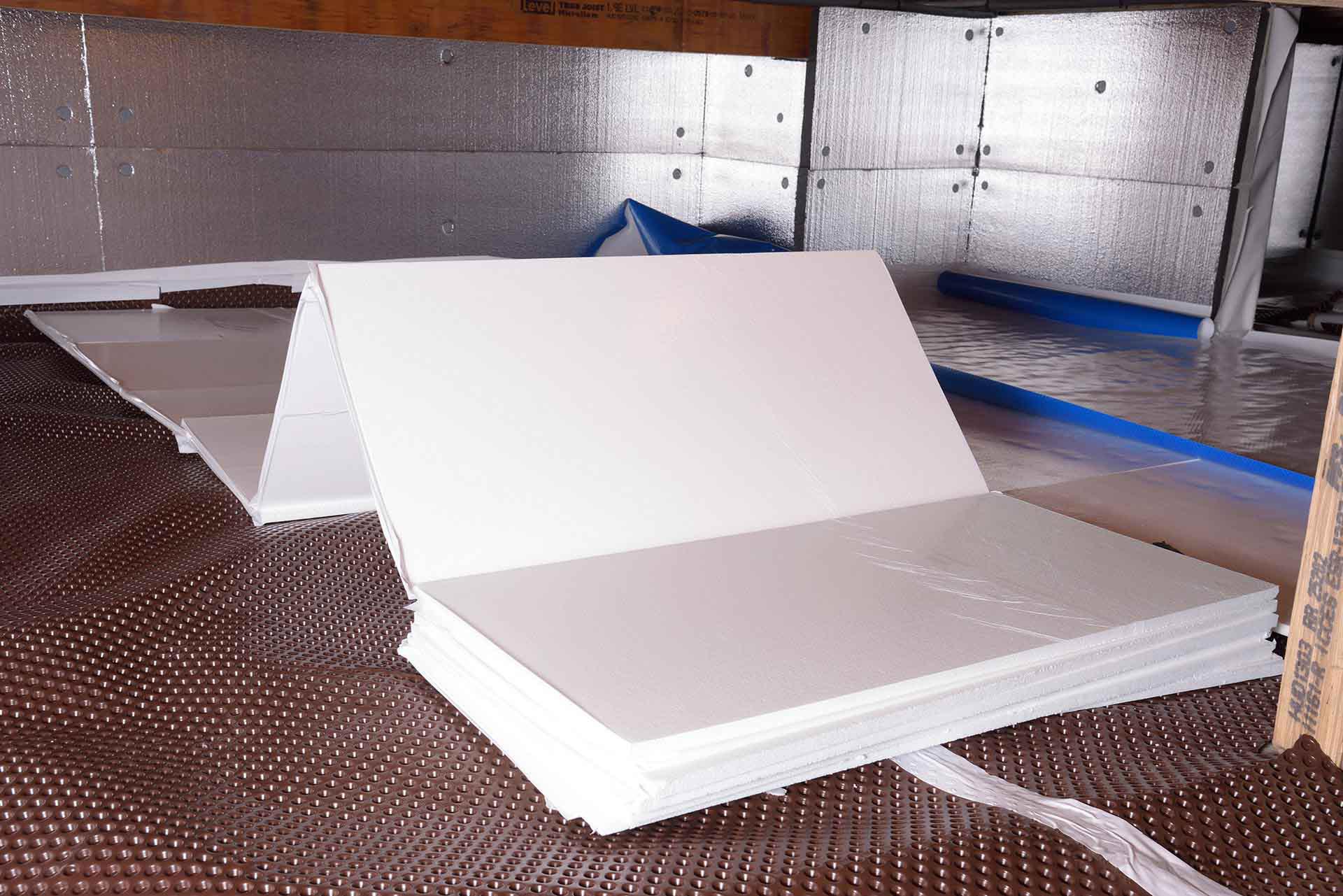
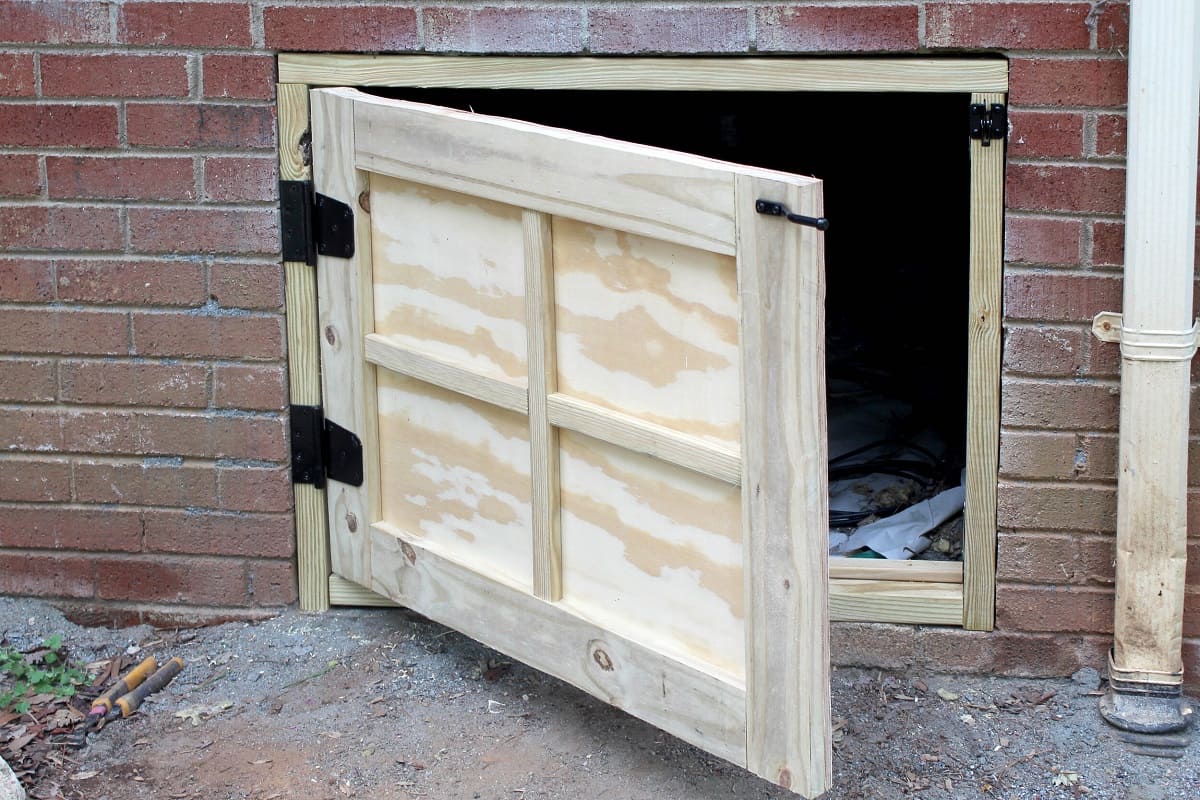
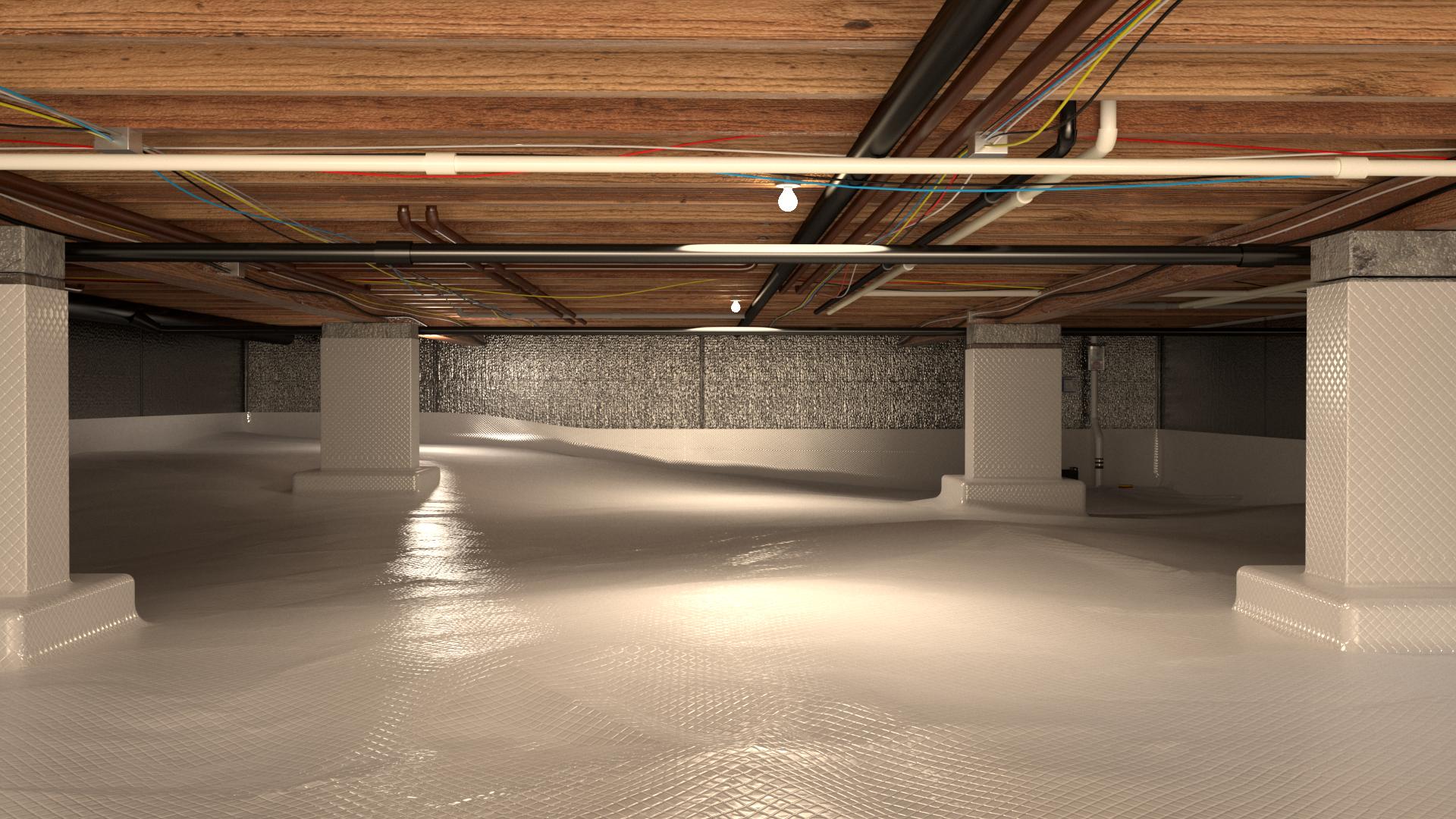
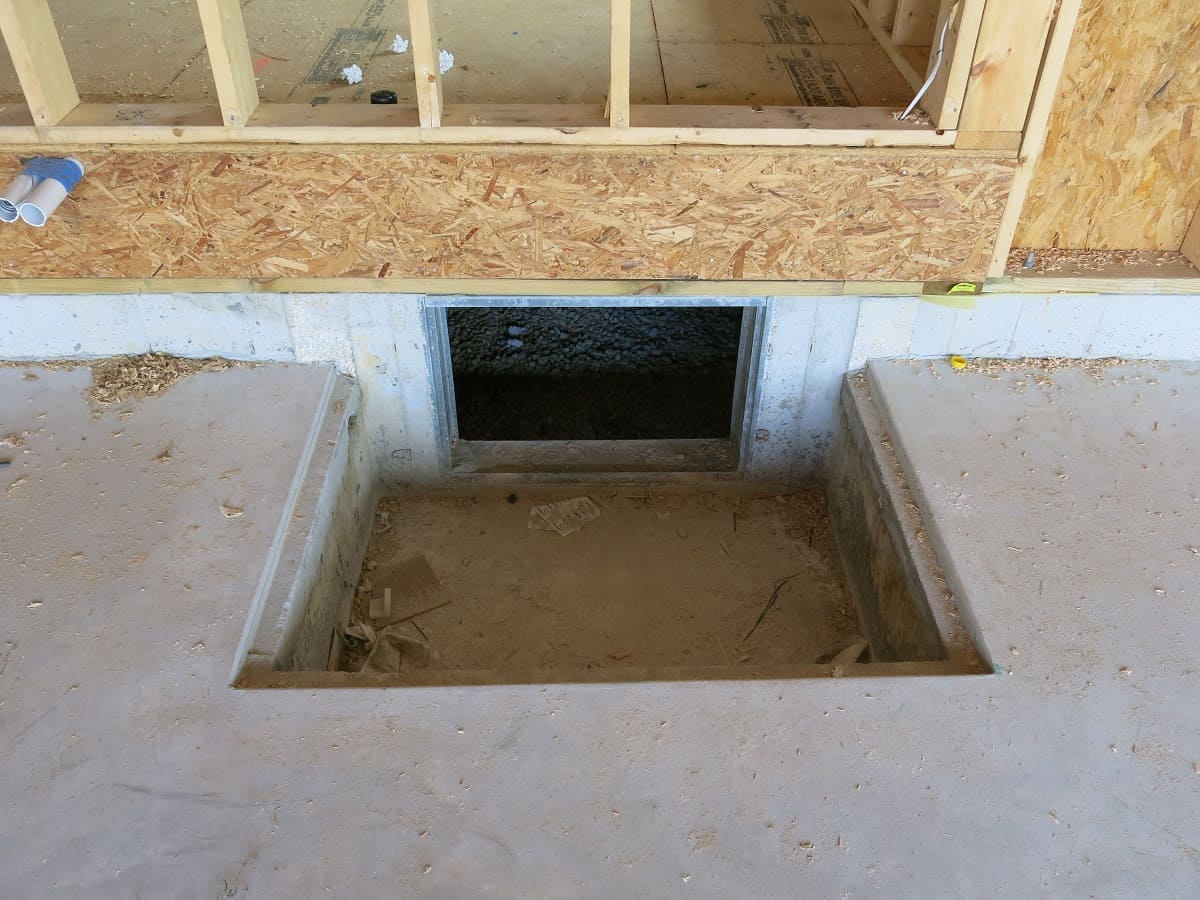
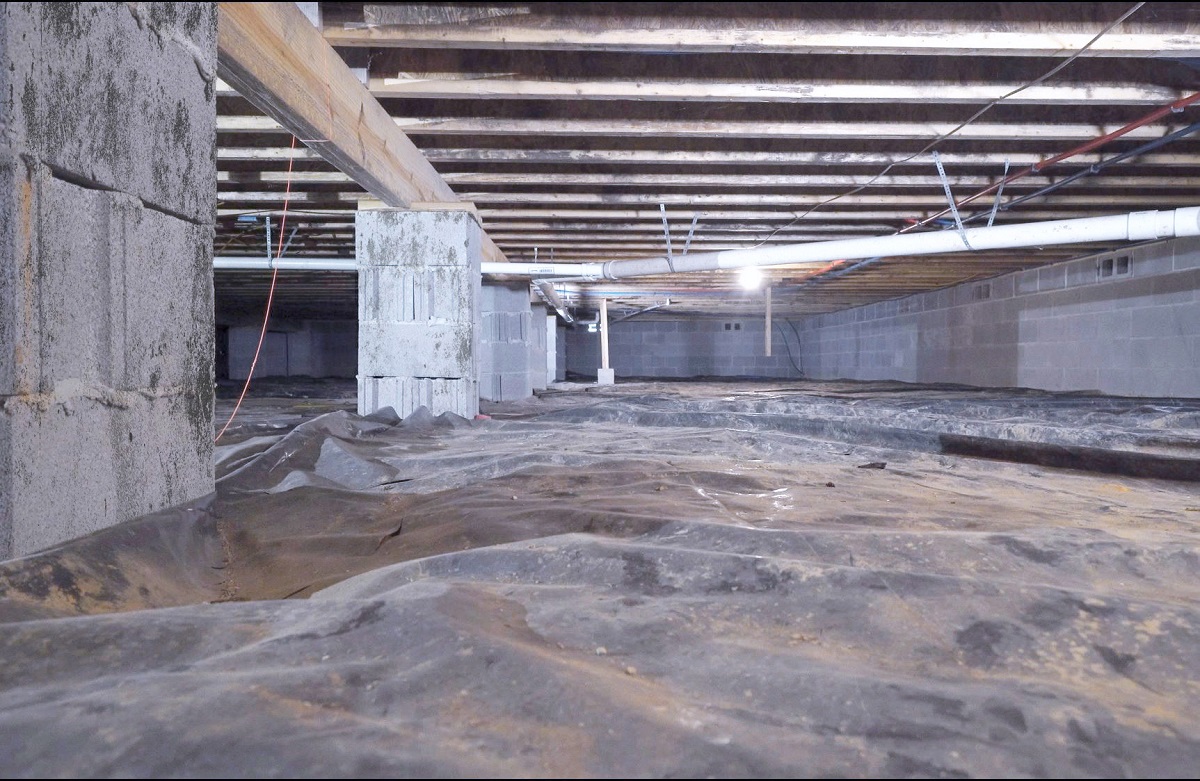
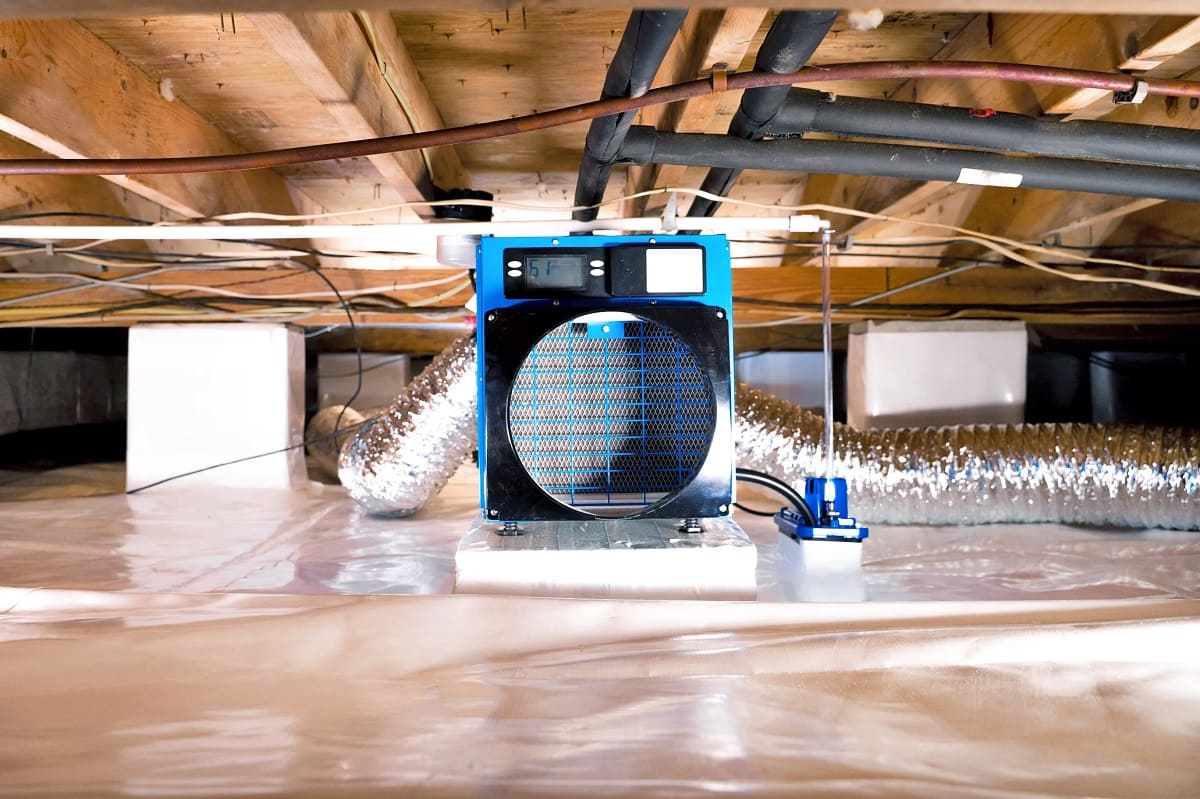
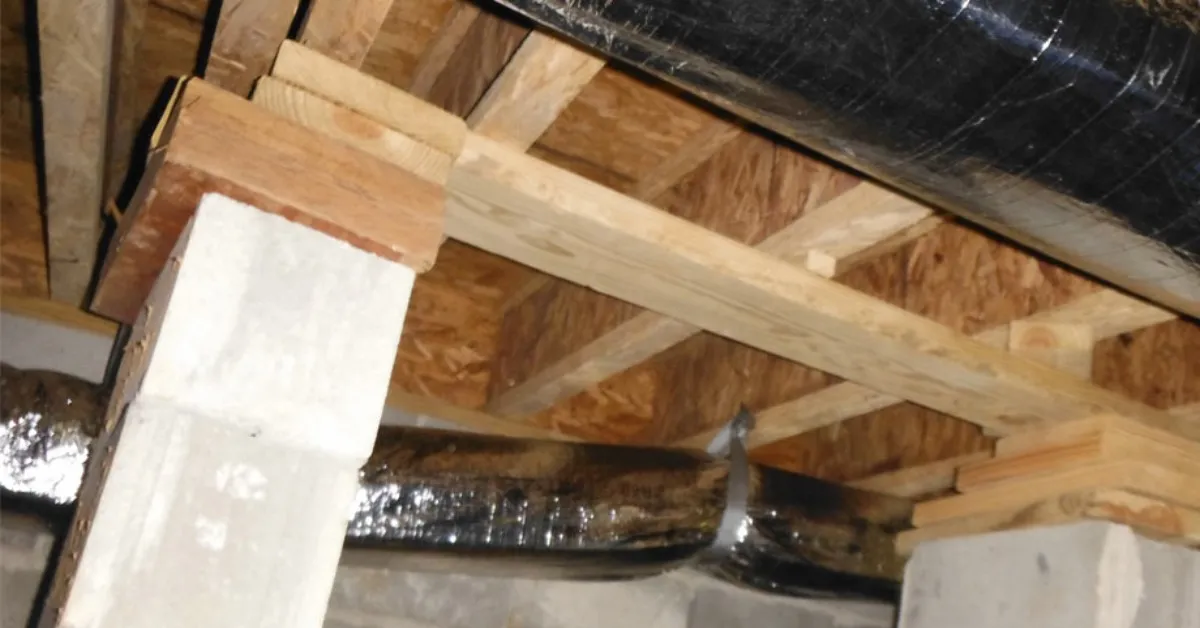
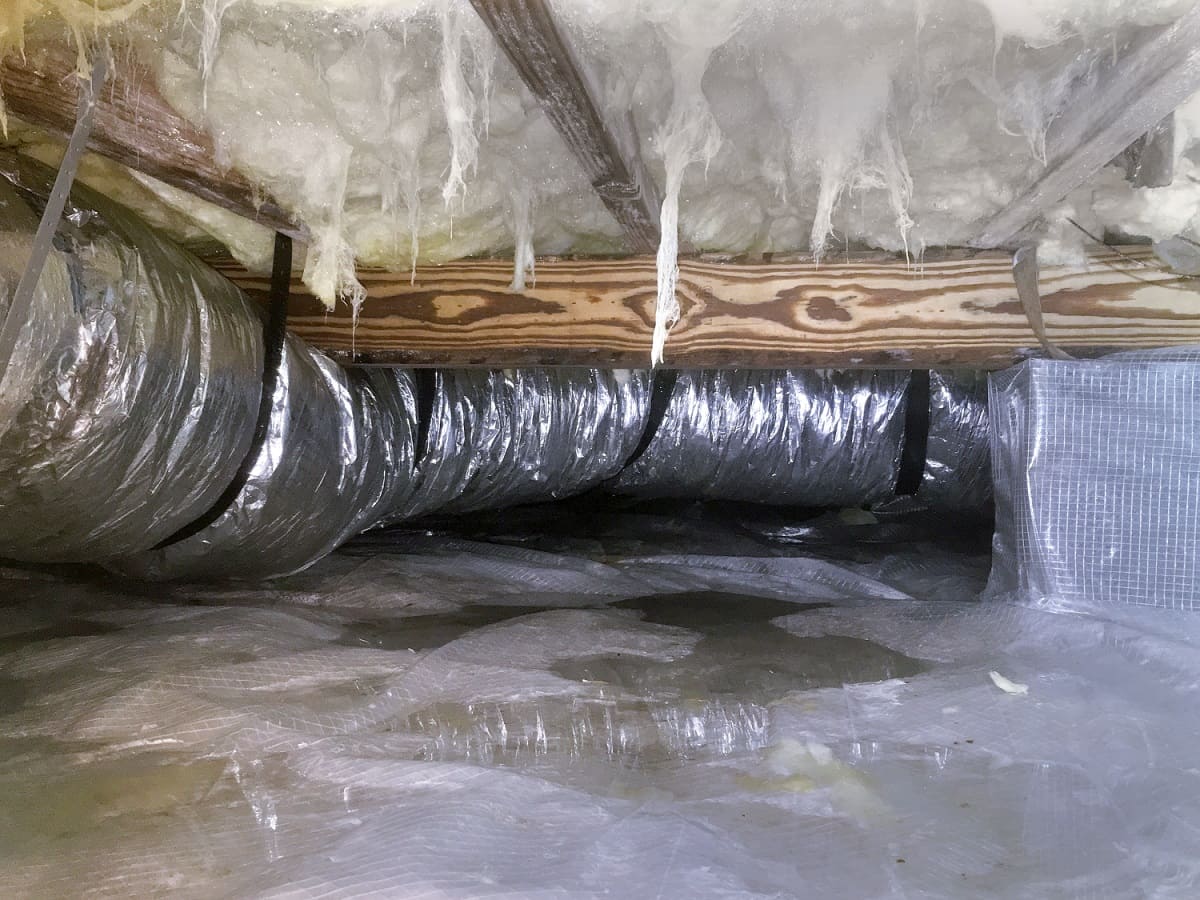
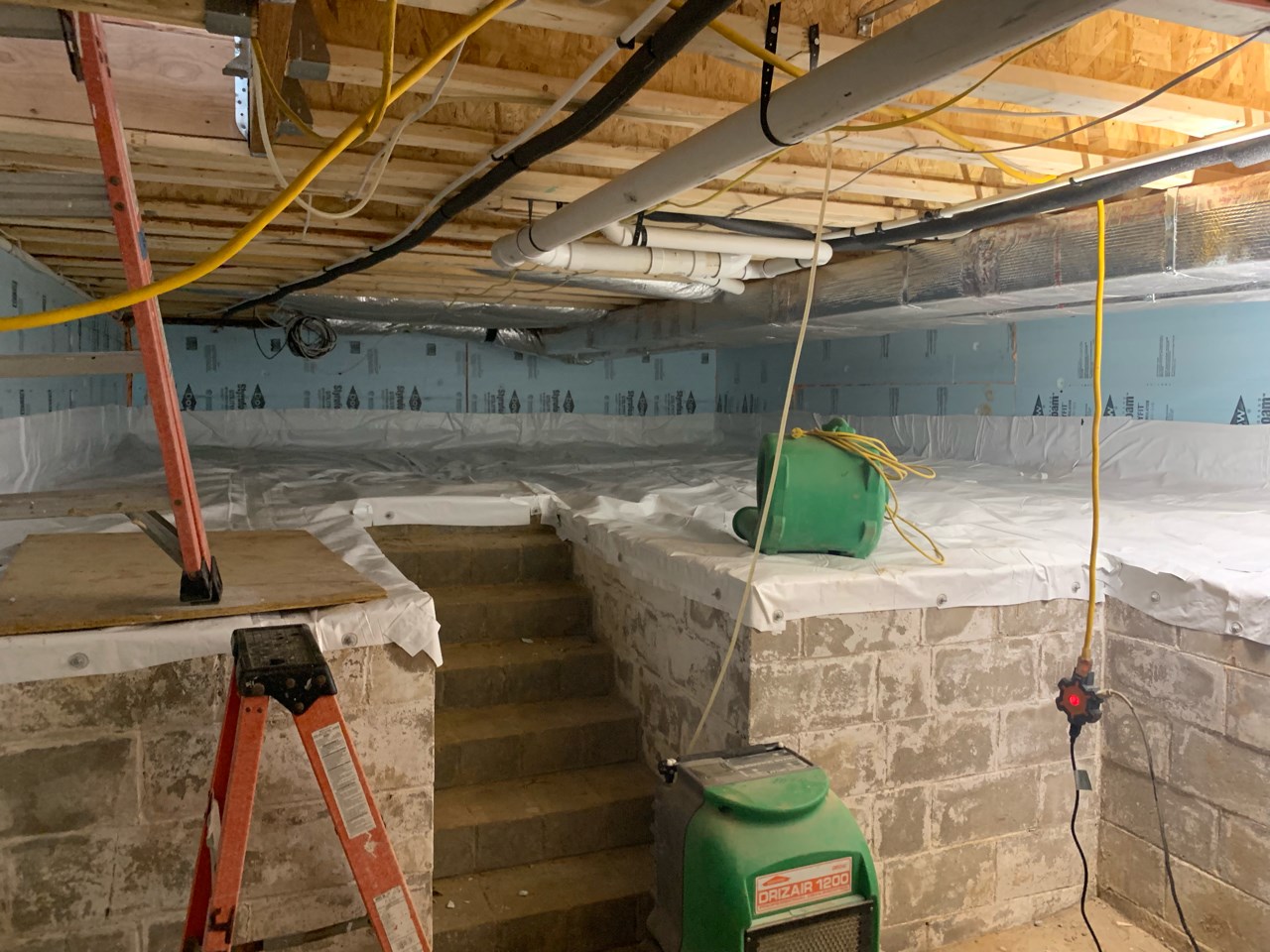
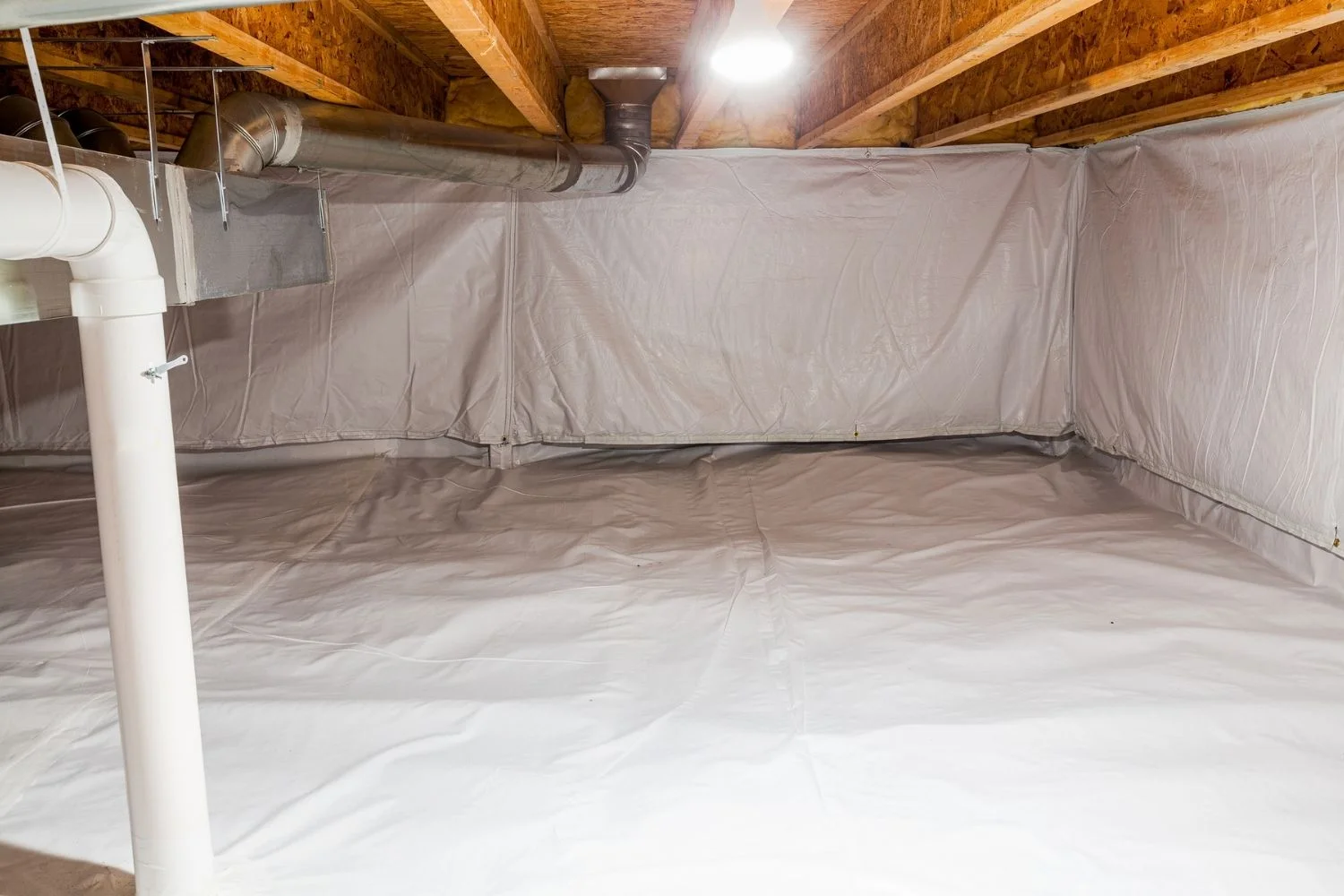

0 thoughts on “How To Warm A Crawl Space”